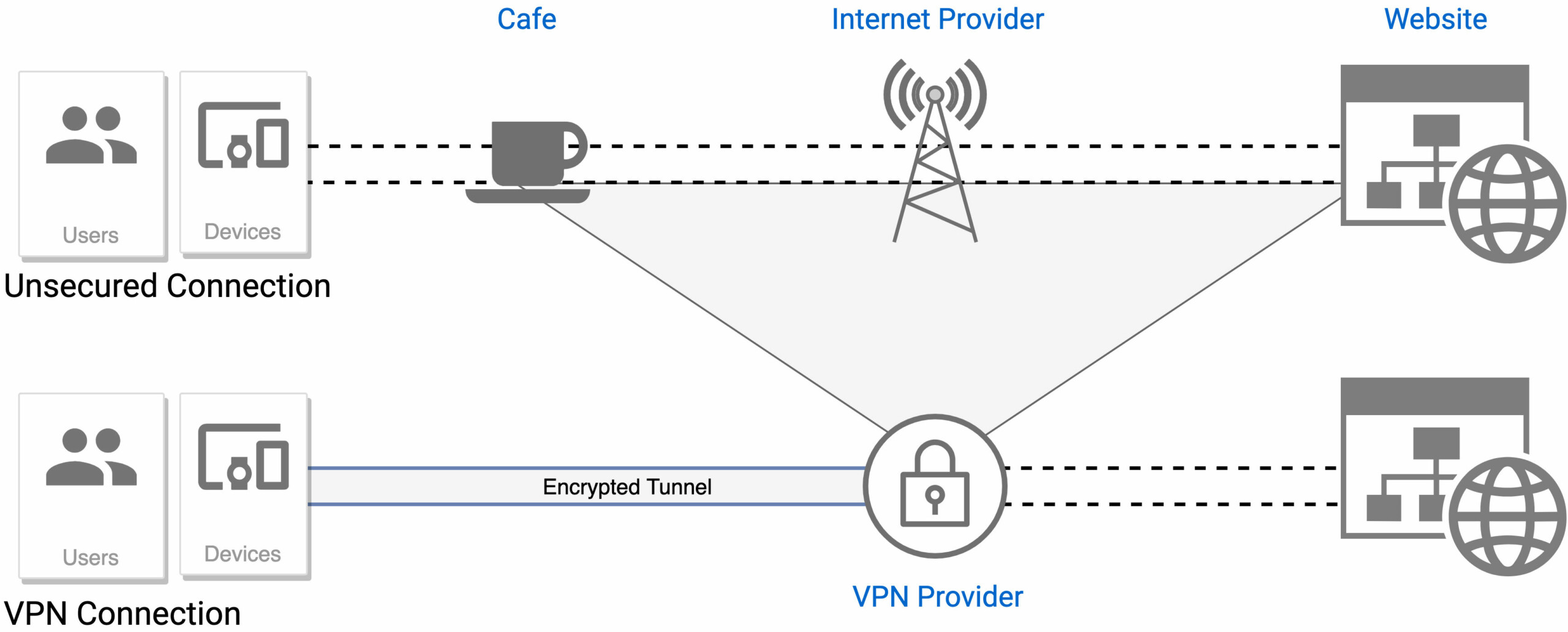

Next to the message saying that system software from Cisco was blocked from loading, click Allow. Click OK to open the Security Preferences or navigate to System Preferences > Security & Privacy. 10.13) and later users: You may see a System Extension Blocked message. In the Group list, select Cardinal Key-VPN or CardinalKey-FullTraffic and click OK.When prompted for the keychain password, enter your computer administrator password and then click Always Allow.Open your Applications folder and navigate to Cisco > Cisco An圜onnect Secure Mobility Client.app. Launch the Cisco An圜onnect Secure Mobility Client.app.Make sure you have the following installed on your device:Ĭonnect to the Stanford VPN using a Cardinal Key for Mac However, this also allows access to library journals as if you were on campus. CardinalKey-FullTraffic (non-split-tunnel) encrypts all internet traffic from your computer but may inadvertently block you from using resources on your local network, such as a networked printer at home.CardinalKey-VPN (split-tunnel) allows access to network resources behind the Stanford firewall via the VPN connection but non-Stanford traffic flows normally on an unencrypted internet connection.

Two types of Cardinal Key VPN connections are available: This eliminates the need to enter your SUNet ID, password, and authentication method for two-step authentication.Ĭardinal Key is only authorized for the Cisco An圜onnect VPN client You can connect to the Stanford VPN using a Cardinal Key on your device to authenticate. Note: If your device is not compliant, you will be unable to use Cardinal Key to connect to the Cisco An圜onnect VPN. Non-Stanford Devices that are managed by BigFix/VLRE and are compliant can use Cardinal Key to sign into VPN without multifactor authentication.


 0 kommentar(er)
0 kommentar(er)
